Key Points:
- SpaceX hadn't launched full batches of Starlink satellites since May 2021, but it resumed launches on Monday, September 13th.
- Starlink is sending out surveys to customers who have inquired about mobile service for RVers.
- The lower-cost (to build) "Dishy" Starlink receiver is in the works, and is expected to be available soon.
- Meanwhile - on Tuesday OneWeb's 10th launch marked the halfway point in deploying its competitive constellation. OneWeb service in northern latitudes (like Alaska!) should be available later this year.
In our Starlink update last month, we shared how SpaceX was "standing down" from Starlink launches until it was ready to begin deploying a new generation of Starlink satellites. The new generation will support laser interconnects directly between the satellites in space.
The pause in launches began in May. But the drought is now over with a return to flight on Monday the 13th. The return will feature the debut of the Starlink version 1.5 satellite design.
SpaceX is now deploying their "Space Laser" armada!
Meanwhile, original full orbital shell of 1,584 version 1.0 Starlink satellites (plus spares) is reaching their final orbits. SpaceX should now be in a position to begin providing coverage from 57° north to 57° south latitude. (Starlink has not included Alaska and other polar areas, for the time being.)
In other new developments, SpaceX sent surveys to some customers about RV usage. And we have a bit more information about a lower cost "Dishy" receiver that should be out before the end of this year.
Table of Contents
Starlink Update Video
Subscribe to our YouTube Channel
Starlink Space Lasers Launching
On Monday, September 13th, SpaceX successfully launched its first batch of 51 "Space Laser"-equipped Starlink version 1.5 satellites.
These satellites are heading into a 70° inclination polar orbit. This means that they will be capable of providing service between roughly 70° north/south latitudes once this next shell is complete. Starlink has planned for 720 satellites to be included in the next shell.
This will, at last, enable SpaceX to offer coverage in Alaska and northern Canada, as well as Northern Europe.
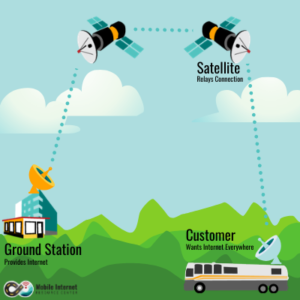
In addition to expanding coverage to higher and lower latitudes - SpaceX will equip this new shell of Starlink satellites with laser interconnects. The interconnects will allow the Starlink satellites to "talk" to each other directly in space.
Using lasers like this eliminates the need for a satellite to always be in range of a ground station. And it will open up service at sea and in remote areas where ground stations are not practical or possible.
It will probably take SpaceX at least 15 launches to finish building out this next orbital shell. This process will likely take at least six months, followed by several additional months for the satellites to reach their final orbits.
With the current chip and liquid oxygen shortage (as well as a large backlog of other launches), it is unclear just what sort of pace SpaceX will be able to make with future Starlink launches. At the moment, some analysts think that SpaceX might only be able to manage a single Starlink launch per month for the remainder of the year.
But SpaceX has previously demonstrated an ability to quickly crank out Starlink launches multiple times a month. So maybe things will start rolling out faster soon.
Next Generation Dishy Update

Based on many recent comments from SpaceX executives, a next-generation lower-cost Dishy is likely coming to market in the next few months.
Most recently, SpaceX CFO Bret Johnsen shared at a satellite industry conference on September 7th that:
"We’re producing 5,000 Starlink dishes a week, and will have 'multiples of that' in coming months. New, lower cost unit coming out later this fall."
At a production rate of 5,000 Dishy units per week, it will take SpaceX over two years to catch up on the current backlog of orders. The new Dishy design will supposedly be easier and cheaper to mass-produce. This will hopefully allow SpaceX to speed up deployments.
Do keep in mind - the lower cost Dishy refers to a lower manufacturing cost, and not necessarily a lower retail cost.
SpaceX is hoping to get to a break-even point so that it is no longer losing so much money with every Dishy sold, and end-user pricing is unlikely to drop from the current $499 any time soon.
This lower-cost Dishy is distinct from the "High Performance" ruggedized mobile-friendly version that is also in the works, which we discussed in last month's post.
SpaceX Surveying RVers
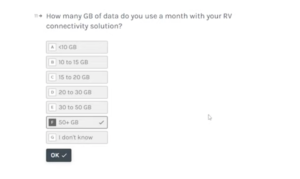
In other Starlink news, SpaceX has sent out a survey recently to some current customers who have been inquiring about mobile RV service. The survey asks questions about Starlink RV usage, likely trying to better understand the market demand for catering to this audience.
The survey asked questions regarding the type of RV, boondocking vs. campgrounds, typical usage needs & tasks, and if customers had generators and anticipated challenges.
YouTube user HillPhantom shared a walk-thru video of the 18-question survey.
SpaceX clearly has both portable and truly mobile usage scenarios on its radar. But it is unclear how quickly they will officially embrace this type of use.
If you are a current Starlink customer, you can open a support ticket with SpaceX from your online account and request to take the survey to add your voice to the mix.
Starlink Service Expansion Coming?

There are many reports of users finding it nearly impossible to find open cells to move their Starlink service to. And Starlink is still entirely blocking customers across most of the southern United States.
But with the first shell fully in service now - there is no obvious technical reason that SpaceX can't begin to open up cells across the entire lower 48 United States.
When will SpaceX do so?
How quickly will it open up more cells, and allow more users into current cells that are "at capacity"?
It is anyone's guess right now.
We have seen two reports of Starlink wait-list customers in northern FL who were notified that their Dishy is being prepared for shipping. But we have yet to see reports of anyone getting active service in FL or southern AZ, CA, NM, or TX.
We'll be watching closely to see if there are any confirmed connections south of 33.6° latitude. This would be an indication that SpaceX is starting to broaden its service footprint.
Exciting Times Ahead for Starlink?
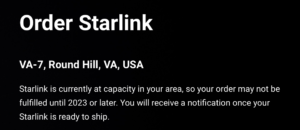
There is clearly a huge hunger for Starlink. And many people have built up unrealistic expectations around what sort of capability SpaceX will be able to deliver, and how quickly.
And many mobile users have jumped through hoops to get a Starlink sooner rather than later. But all too often they are ending up frustrated. Many of them are simply wanting to use Starlink in ways that SpaceX is not yet ready to support.
But even with SpaceX's fast pace, it still takes time to build a global satellite constellation and the associated infrastructure. Targeting RVers and cruisers in the United States is likely a low-priority niche market.
However, it is exciting to see that RVers are clearly on SpaceX's radar. And Starlink is making progress towards becoming a potentially key component in many mobile connectivity arsenals.
For a deeper dive into the current state of Starlink and mobility (including current limitations), see our update from July:
OneWeb Update: Constellation Half-Deployed
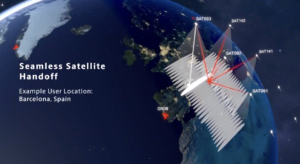
In other satellite internet news - Starlink competitor OneWeb also had a launch this week.
On Tuesday, OneWeb's 10th launch marked the halfway point for OneWeb deploying its 648 satellite global constellation.
We've been tracking OneWeb's mission to bring "Internet to everyone, everywhere on Earth" since 2015. And this time last year, OneWeb emerged from bankruptcy and it has been steadily launching almost every month since.
Unlike SpaceX's direct-to-consumer push, OneWeb is planning to deploy service via partners.
We expect OneWeb will be well positioned to power specialized offerings. For example, taking KVH's marine offerings to an entirely new level of performance and value.
And OneWeb will be offering backhaul service to cellular providers (a deal with AT&T was recently announced), and to various regional wireless ISPs.
Also, OneWeb is targeting polar coverage first with its satellite deployments. Therefore it claims that it will be able to begin offering service at high latitudes (above 50° north and south) before the end of 2021.
This should potentially give OneWeb partners in Alaska a substantial head start in offering satellite broadband, long before Starlink is able to offer service that far north.
OneWeb will not have service over the rest of the earth until the entire constellation has been deployed. This will not occur until later in 2022.
Further Reading
- Mobile Satellite Internet Options -
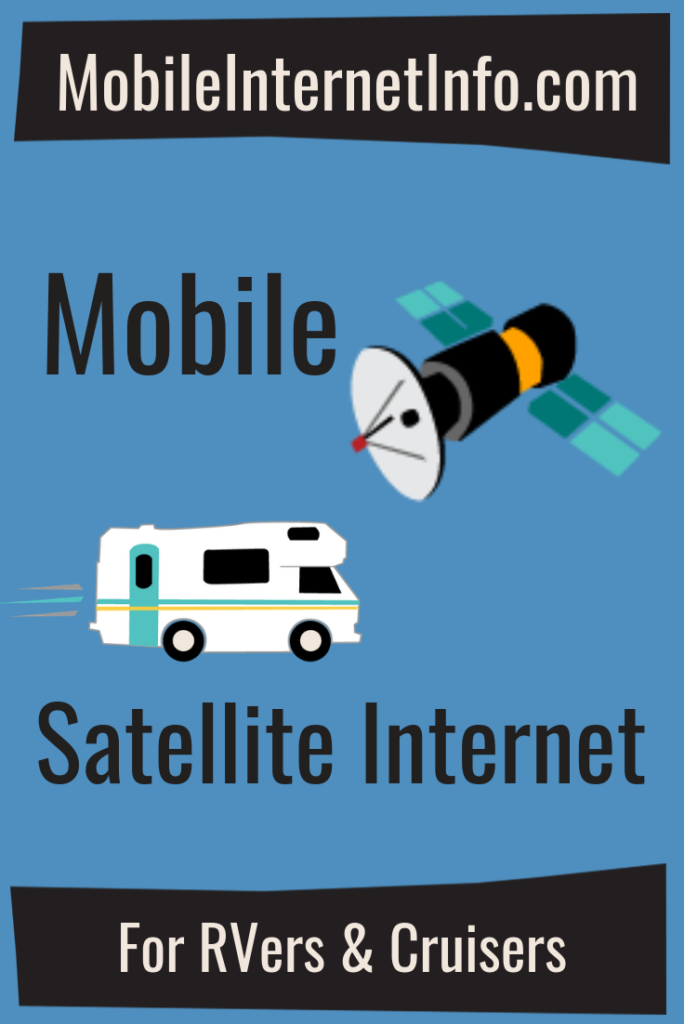 Our featured guide on all the current and future satellite internet options of interest to RVers and cruisers.
Our featured guide on all the current and future satellite internet options of interest to RVers and cruisers. - All of our Satellite Internet Resources - Our collection of guides, gear center entries, and news coverage on satellite internet.
And here is all of our recent satellite internet coverage:
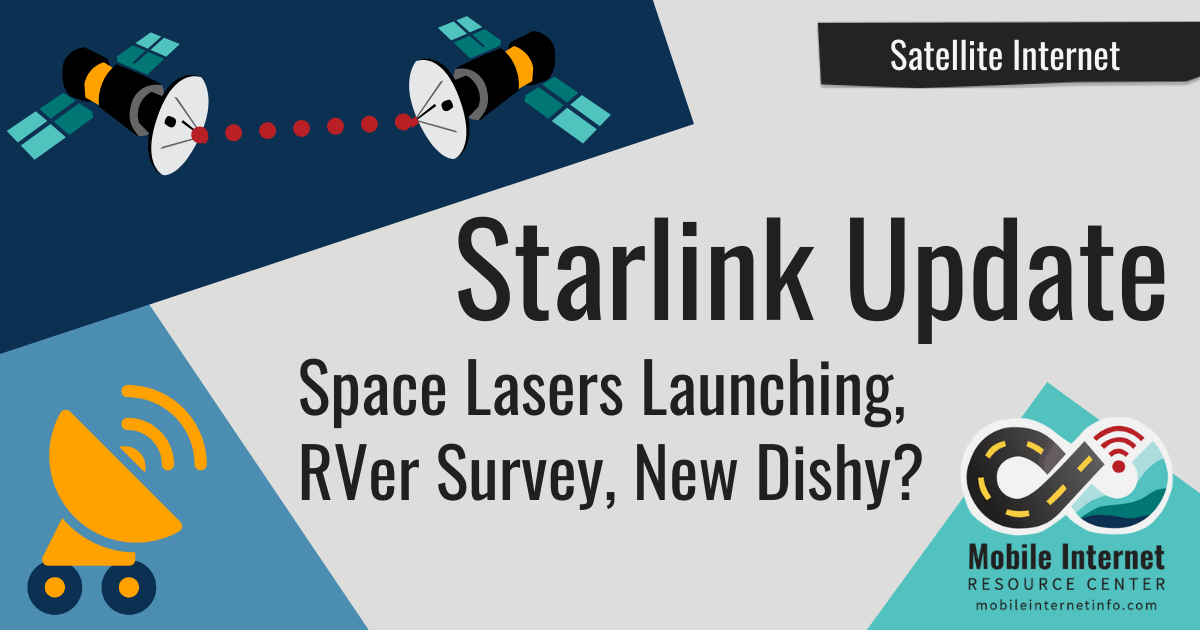







 Mobile Internet Resource Center (dba Two Steps Beyond LLC) is founded by Chris & Cherie of
Mobile Internet Resource Center (dba Two Steps Beyond LLC) is founded by Chris & Cherie of